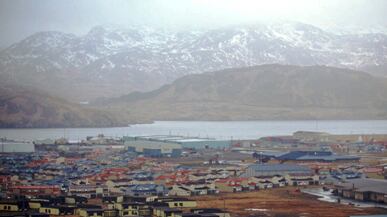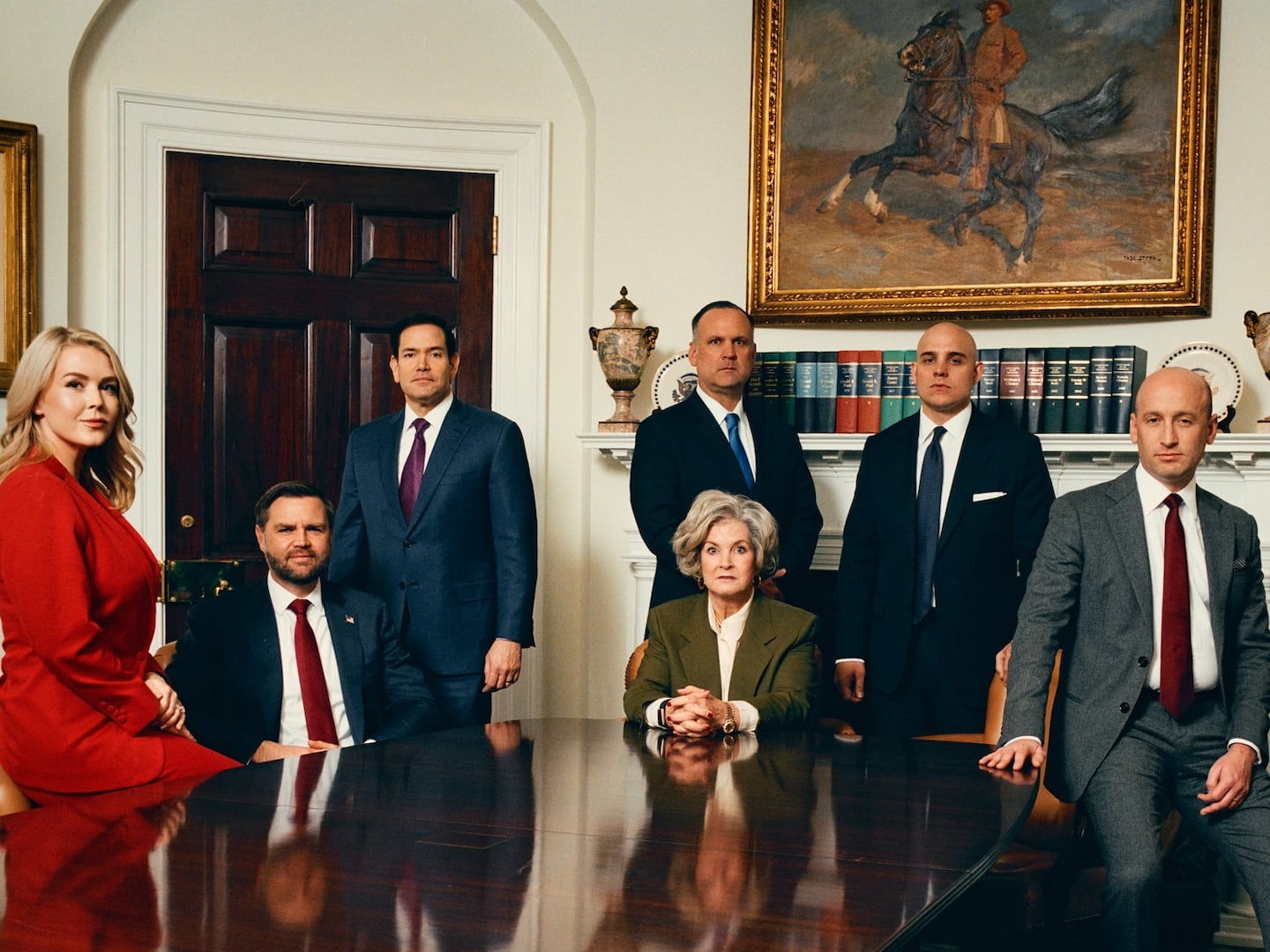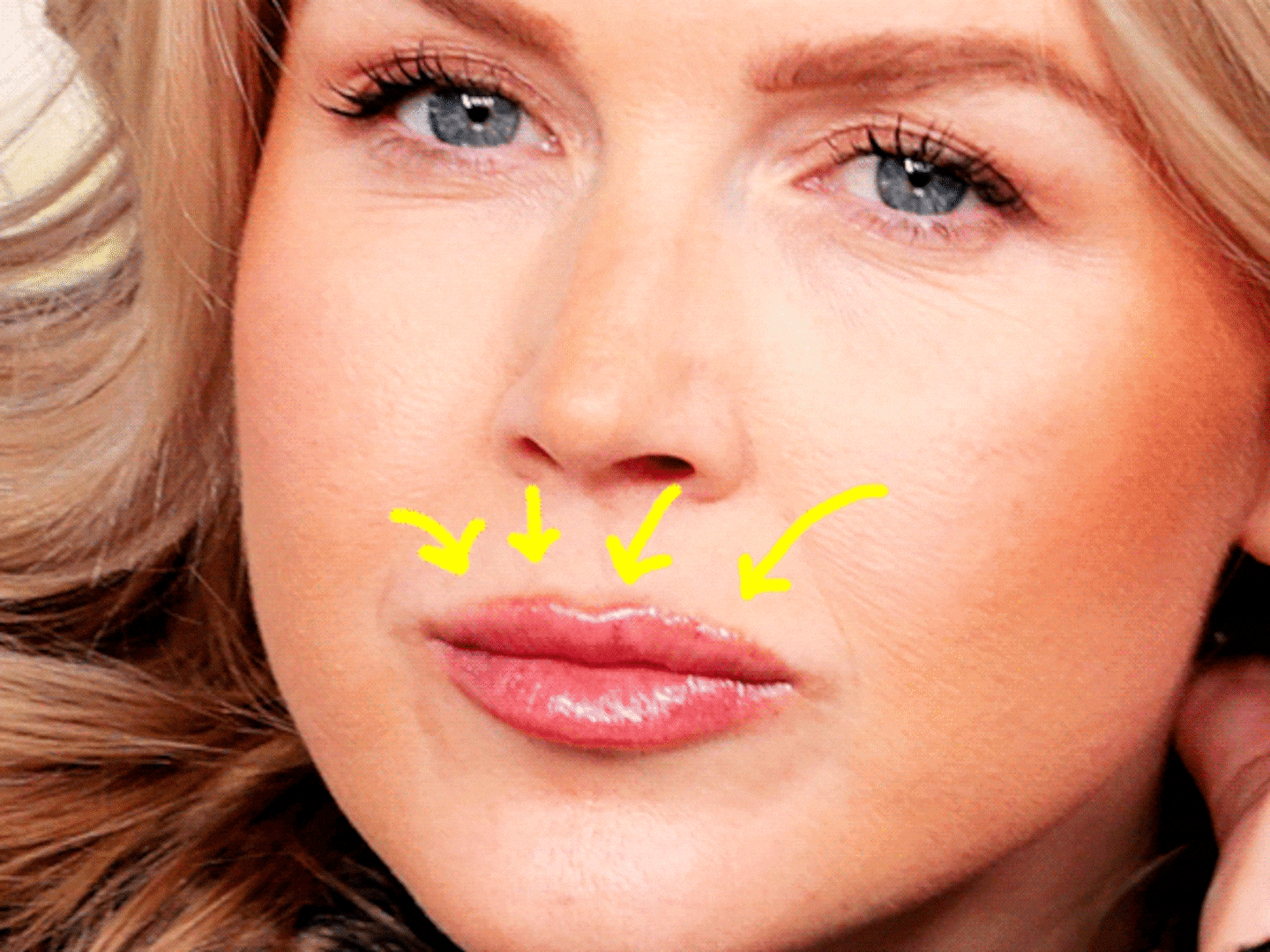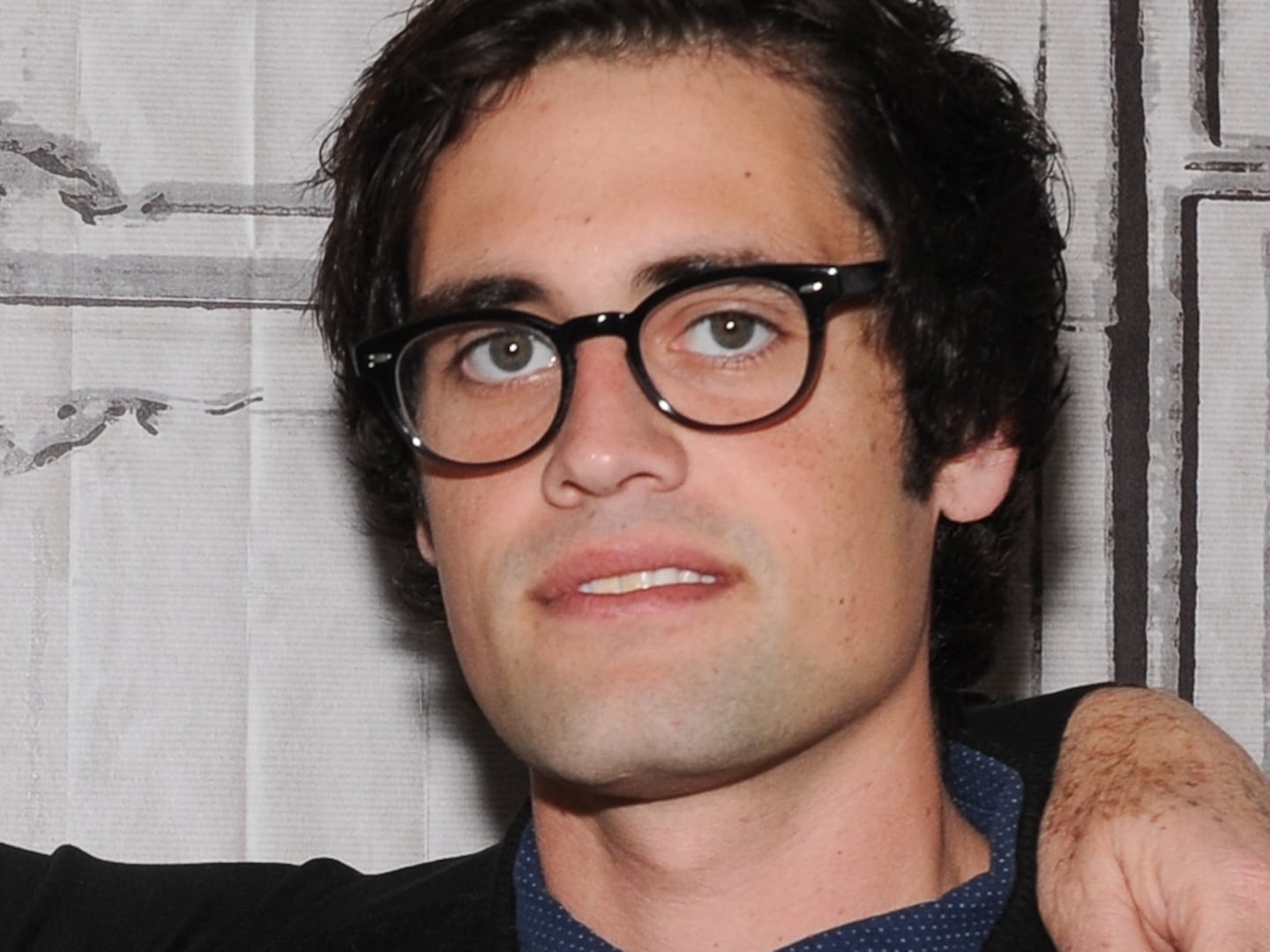As the plume from Japan’s meltdown blows toward the U.S., residents of Alaska’s Aleutian Islands are adjusting. Alexandra Gutierrez reports on the biggest local worry: the health of the fish. Plus, California's nuclear freakout and more Japan crisis coverage.
For the past week, Unalaska—the most populous island on the Aleutian Chain—has seen jaw-dropping sunrises. The snow-covered ridges have glowed pink and sherbet orange rather than their typical gray, and the unusually pleasant weather has been the most talked-about subject in this fishing town. But the radioactive cloud that could put an end to these sunny days? A close number two.

"What a beautiful morning," wrote resident Laresa Syverson on Facebook this Monday, just as anxiety over the nuclear crisis in Japan was settling in. "The mountains seem to be radiating." That post popped up in my newsfeed between links to a bogus map showing where the fallout from the failing Fukushima Daiichi nuclear power plant was expected. Alaska’s Aleutian Islands were squarely in the red zone.
Since then, both the news and chatter feel like they've been lifted straight from the early scenes of a Cold War-era B-movie: A worst-case projection by the United Nations shows a teal blob of nuclear waste enveloping the Aleutians. People offering a self-defense class here have promoted it with jokes about radioactive zombies. The Environmental Protection Agency has deployed a radiation monitor to the island--while emphasizing that everything is completely fine. Those prone to conspiracy theories or survivalism might suggest a little more panic on the town's behalf. But when the nightmare scenario involves an unfathomable toxic plume and a giant government cover-up, it makes a lot more sense to shrug, laugh, and perhaps prepare as best you can.
And that's exactly what people are doing. At the lone sports bar in town, the only glowing, unnatural substance people were worried about last night was green St. Patrick's Day beer, and the hangover it might cause.
"We haven’t worried about the radiation a bit," says Derek Campbell, a welder. "Even if it does come our way, what can you really do? What happens happens, and that’s the way it is. Maybe I'll get that third thumb if the cloud comes in."
What happens happens, and that’s the way it is,” says Derek Campbell, a welder. Maybe I'll get that third thumb if the cloud comes in."
He's kind of right. Unalaska—better known to outsiders as Dutch Harbor, thanks to the reality series Deadliest Catch—is pretty remote. Without military intervention, the only real options for getting 4,000 people off the island to avoid a plume involve fishing vessels, cargo ships, and tiny turboprop planes. “An airplane holds 30 people. You can do the math," jokes Jamie Sunderland, director of the Unalaska Department of Public Safety. "But I guess if people want to go on vacation, by all means, don’t let us stop you."
Sunderland has been in regular communication with the EPA, the Alaska Division of Homeland Security, and a slew of other agencies studying the Japanese nuclear crisis. All state and federal officials stress that there hasn't even been a slight bump in radiation levels in the United States since the reactor cooling system failed at the Fukushima Daiichi plant following last week's tsunami.
“All air monitoring stations are indicating background levels,” says Jon Edwards, a radiation expert for the EPA. In Tokyo, radiation is at double the normal level, and any material in the jet stream would only be diluted as it is carried over thousands of miles to Alaska and the West Coast. Greg Wilkinson, a spokesperson for the Alaska Department of Health and Social Services, says that radiation would have to be at 40 times its normal level for his agency to even consider initiating a response. The state has a response plan modeled after protocol for containing a swine flu epidemic, and both the Coast Guard and National Guard are on call to help distribute anti-radiation medication like potassium iodide and Prussian blue—but none of the emergency managers sees a plausible future where this gets implemented.
Still, there are people in Unalaska who are taking precautions, despite all the exhortations stating that they're not necessary. The local wellness center has fielded questions about anti-radiation medication (don't take it—harmful side effects), and the Department of Public Utilities has received some calls about the purity of the drinking water (it’s safe). Bering Sea Office Supply has had a handful of requests for dosimeters, devices that measure abnormal amounts of radiation. While the store looked into ordering some, owner Veda Webb balked at the $240 price tag and concluded that there wouldn't be serious demand by the time they arrived. “They’re really expensive,” says Webb. “We would be stuck with dosimeters on the shelves.”
Webb says that, personally, she’s not panicking about the plume. The only radiation she’s focusing on involves the cancer therapy a loved one will undergo next week—a far more immediate issue of life and death.
The supermarket in town has made sure to stock up on staples like bottled water, just in case. Safeway general manager Nancy Patterson says that while she's "not particularly worried" about a dark cloud of radiation descending upon the island, the company tries to be extra prepared since it's one of the only area food suppliers. She says that even if Unalaska went into nuclear doom mode and all communication systems went down, Safeway would still send an emergency shipment out here.
“We have a pre-determined order already in at the Anchorage warehouse," says Patterson. "So, if something should happen, it would automatically trigger and they would immediately dispatch that load to Dutch Harbor.”
Meanwhile, some people here are more worried about the fish that are the area’s financial lifesblood than they are about themselves. SeafoodNews.com, an influential industry publication, reported on Wednesday that Greenpeace was trying to sow fears of radioactive pollock in major markets. The conservation group denies that it has linked the safety of the Alaska pollock—which it opposes because the fish are caught by factory trawlers—to the nuclear crisis in Japan. But since pollock is one of the town's most profitable exports, some members of the fishing industry are nervous that consumers might reject the fish because of misplaced health concerns. According to the Alaska Department of Health and Social Services, the radiation levels are far too low to affect marine species, just as levels are too low to affect humans.
Glenn Reed is president of the Pacific Seafood Processors Association, and he says the hype around the radiation plume has been overblown.
"It seems kind of patently ridiculous for someone at this point in time that there’s any problem, because geographically it just doesn’t work that way," he says. "There’s certainly nothing happening right now that would cause Alaska seafood to be unsafe."
But what really confuses him is how so many people in the region, and even across the country, seem to be paying more attention to the potential impact of the Fukushima nuclear disaster on America than to the actual effect on those who live nearby the plant.
“It is kind of a silly thing. There’s a real disaster happening in Japan.”
Alexandra Gutierrez is a reporter based in the Aleutian Islands and a columnist for Pacific Fishing. She has contributed to Alaska Public Radio Network, The American Prospect , The Economist online, and The World.






